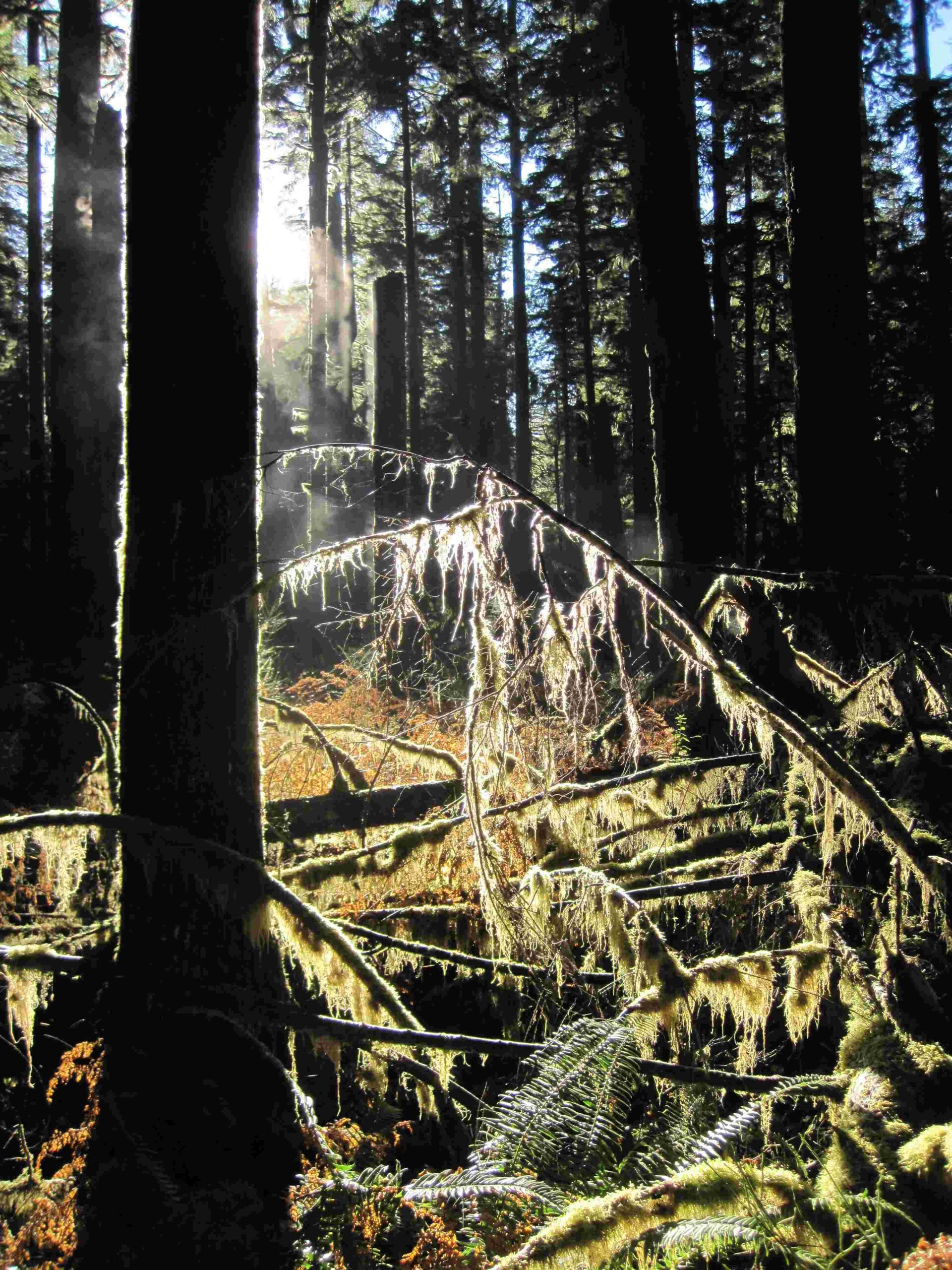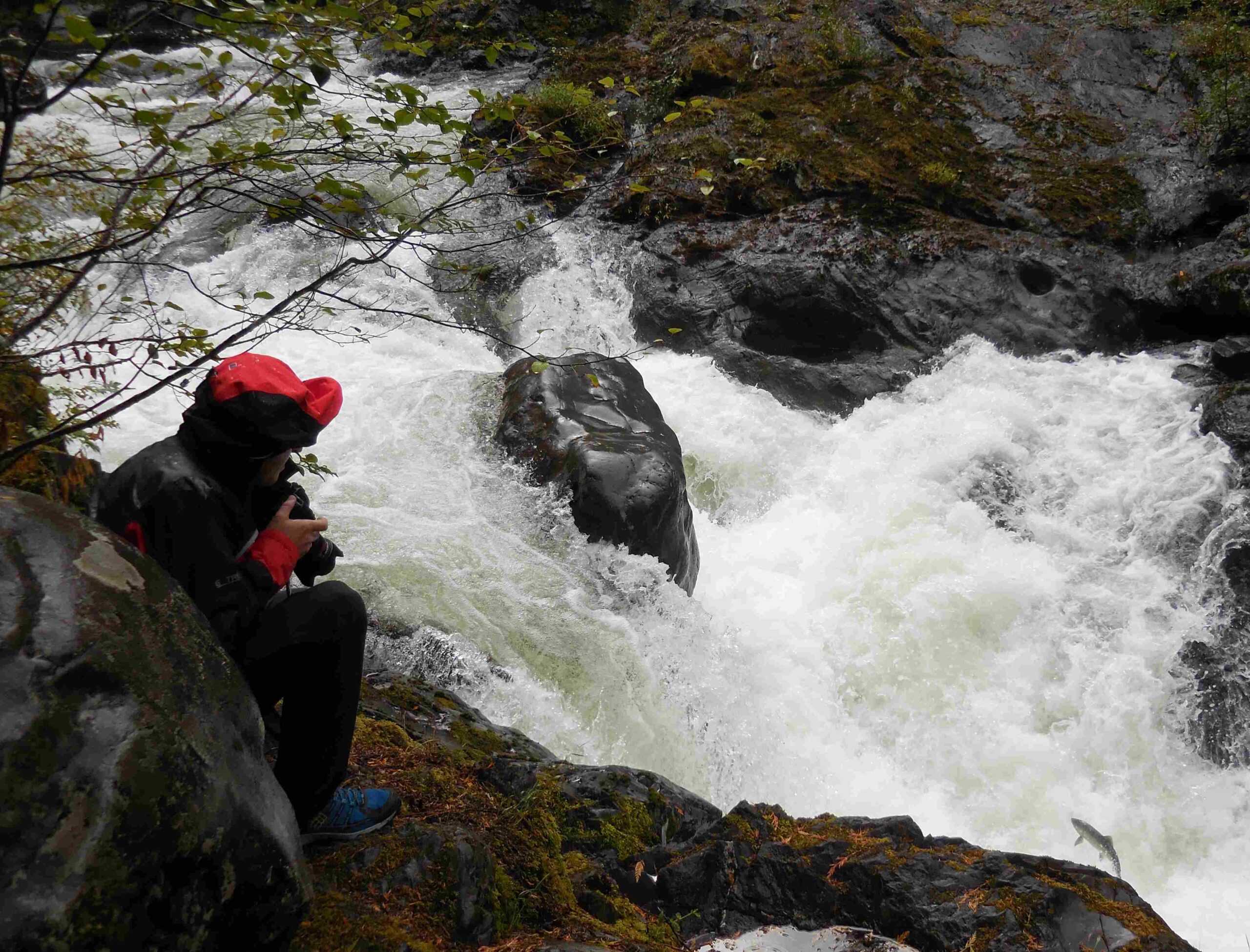Point of Arches in Olympic National Park, Washington State, USA, is a breathtaking coastal destination known for its dramatic sea stacks, diverse tide pools, and pristine wilderness. Located at the northwestern tip of the Olympic Peninsula, this remote area offers visitors a unique opportunity to explore rugged beaches, observe marine life, and witness the raw beauty of the Pacific Northwest coastline. The point is accessible via a challenging hike through Shi Shi Beach, rewarding adventurers with stunning views and unforgettable natural experiences.
What Makes Point of Arches a Unique Destination?

Point of Arches stands out as a remarkable feature of Olympic National Park’s coastline due to its distinctive geological formations and rich biodiversity. The area is characterized by:
- Over 30 sea stacks rising from the ocean
- Extensive tide pools teeming with marine life
- Pristine sandy beaches
- Dramatic coastal cliffs
- Dense temperate rainforest bordering the shore
This combination of natural elements creates a landscape that is both visually stunning and ecologically significant, making Point of Arches a must-visit destination for nature enthusiasts and photographers alike.
How Can Visitors Access Point of Arches?

Reaching Point of Arches requires careful planning and a moderate level of physical fitness. Here’s what you need to know:
- Trailhead Location: The journey begins near the Makah Fish Hatchery on Makah tribal land.
- Hike Distance: The round trip is approximately 8.8 miles.
- Trail Conditions: Expect muddy sections and a steep descent to the beach.
- Permits Required:
- Makah Recreation Pass for parking and trail access
- Olympic National Park Wilderness Camping Permit for overnight stays
It’s crucial to check current trail conditions and obtain necessary permits before embarking on your journey.
What is the Best Time to Visit Point of Arches?
Timing is critical when planning a visit to Point of Arches, both in terms of seasons and daily tides:
Seasonal Considerations:
- Summer (June-August):
- Pros: Best weather, longer daylight hours
- Cons: More crowded, higher accommodation prices
- Spring/Fall (April-May, September-October):
- Pros: Fewer crowds, mild weather
- Cons: Increased chance of rain, shorter days
- Winter (November-March):
- Pros: Solitude, storm watching opportunities
- Cons: Harsh weather, limited daylight, some services closed
Tidal Considerations:
- Low Tide: Essential for exploring tide pools and walking around sea stacks
- Minus Tides: Offer the best access to normally submerged areas
- High Tide: Limits beach access, can be dangerous if not timed properly
Always consult tide charts and plan your visit around low tide periods for the safest and most rewarding experience.
What Marine Life Can Be Observed at Point of Arches?
The tide pools at Point of Arches are a treasure trove of marine biodiversity. Visitors can expect to encounter:
| Common Name | Scientific Name | Description |
|---|---|---|
| Ochre Sea Star | Pisaster ochraceus | Colorful starfish, often purple or orange |
| Giant Green Anemone | Anthopleura xanthogrammica | Large, bright green sea anemone |
| Pacific Blue Mussel | Mytilus trossulus | Small, dark blue bivalve mollusk |
| Hermit Crab | Various species | Small crustaceans using discarded shells |
| Tidepool Sculpin | Oligocottus maculosus | Small, camouflaged fish |
| Gooseneck Barnacle | Pollicipes polymerus | Filter-feeding crustacean with long stalk |
Remember to observe these creatures respectfully, without disturbing their natural habitat.
How Should Visitors Prepare for a Trip to Point of Arches?
Proper preparation is key to a safe and enjoyable visit to Point of Arches. Here’s a checklist of essential items and considerations:
- Footwear:
- Sturdy hiking boots for the trail
- Water shoes or sandals for tide pooling
- Clothing:
- Layered clothing (weather can change rapidly)
- Rain gear
- Sun protection (hat, sunglasses, sunscreen)
- Navigation:
- Trail map
- Tide charts
- Compass or GPS device
- Safety Equipment:
- First aid kit
- Flashlight or headlamp
- Emergency shelter (if camping)
- Food and Water:
- Plenty of water (no potable water available on site)
- High-energy snacks or meals
- Other Essentials:
- Camera
- Binoculars for wildlife viewing
- Bear canister for food storage (required for overnight stays)
What Are the Photography Opportunities at Point of Arches?
Point of Arches offers photographers a wealth of subjects and compositions:
- Landscape Photography:
- Sea stacks silhouetted at sunset
- Dramatic wave action during storms
- Reflections in tidal pools
- Wildlife Photography:
- Marine life in tide pools
- Shorebirds and seabirds
- Occasional sightings of whales or seals
- Macro Photography:
- Intricate details of sea life
- Patterns in rocks and sand
- Long Exposure:
- Misty water effects around sea stacks
- Star trails over the ocean at night
Best times for photography include early morning for soft light and late afternoon for golden hour and sunset shots.
What Conservation Efforts Protect Point of Arches?
Point of Arches is part of the Olympic National Park’s coastal wilderness, which is protected under various conservation measures:
- Wilderness Designation: Limits development and motorized access
- Marine Protected Areas: Safeguard marine ecosystems
- Leave No Trace Principles: Encouraged for all visitors
- Restricted Camping: Only allowed in designated areas with proper permits
- Educational Programs: Raise awareness about the area’s ecological importance
Visitors play a crucial role in conservation by adhering to park rules and minimizing their impact on the environment.
How Does Point of Arches Contribute to Olympic National Park’s Ecosystem?
Point of Arches is an integral part of Olympic National Park’s diverse ecosystem:
- Intertidal Zone Habitat: Supports a wide range of marine species
- Nesting Sites: Sea stacks provide safe nesting areas for seabirds
- Nutrient Cycling: Kelp forests around sea stacks contribute to marine food webs
- Coastal Erosion Buffer: Natural formations help protect the coastline
- Scientific Research: Offers opportunities for studying coastal ecosystems and climate change impacts
Understanding and appreciating these ecological roles enhances the visitor experience and promotes conservation awareness.
Point of Arches in Olympic National Park, Washington State, USA, stands as a testament to the raw beauty and ecological significance of the Pacific Northwest coast. Its unique combination of geological wonders, diverse marine life, and pristine wilderness offers visitors an unparalleled opportunity to connect with nature. By approaching this remarkable destination with respect, preparation, and a sense of wonder, visitors can experience one of the most awe-inspiring coastal landscapes in North America.

